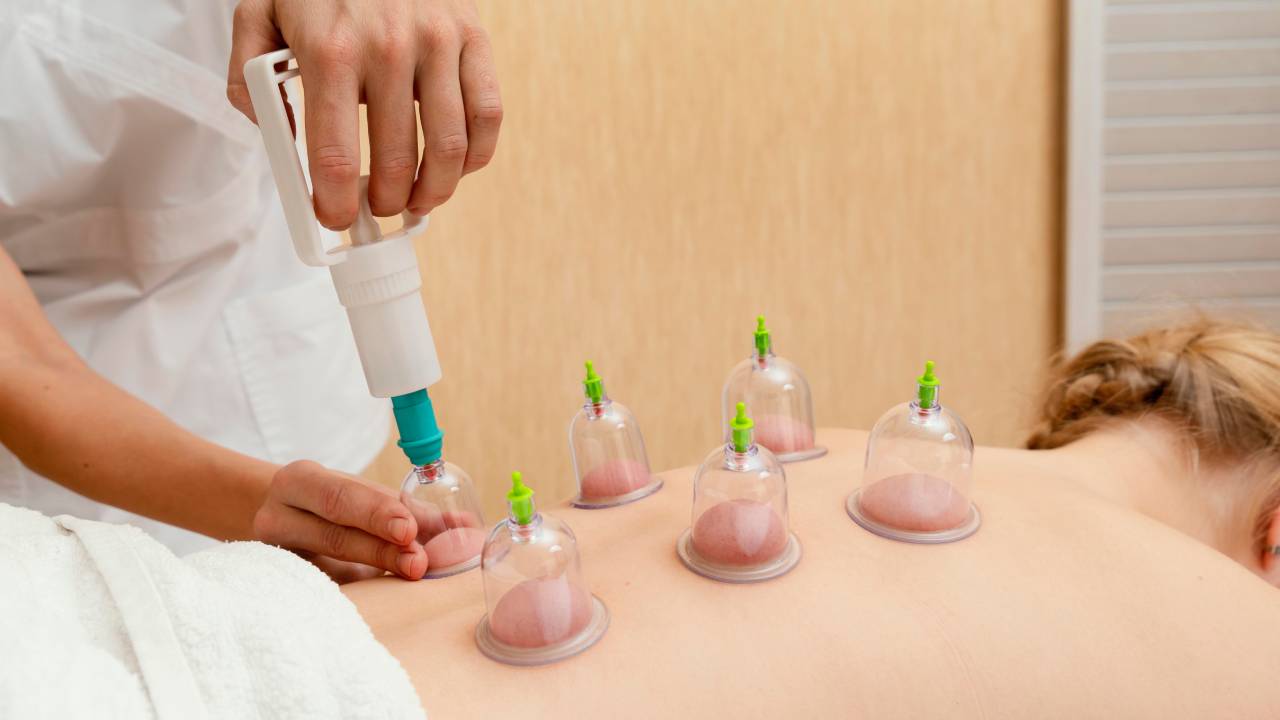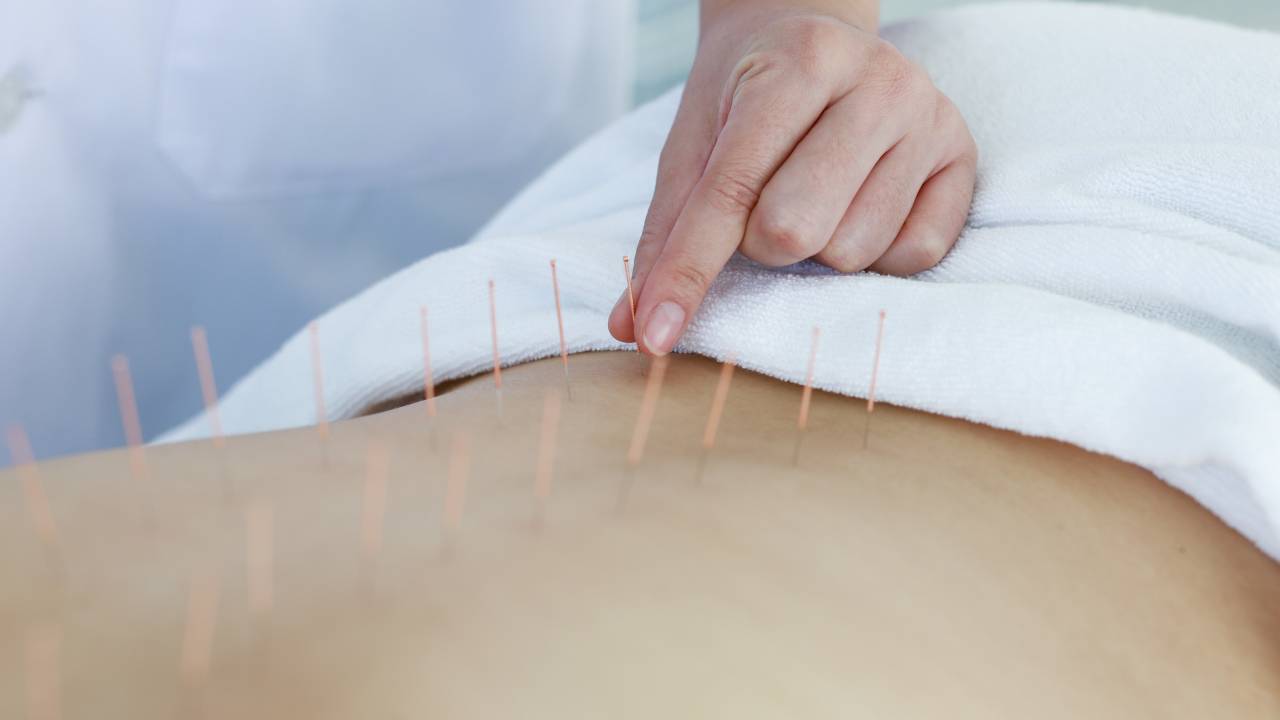5 Non-Invasive Techniques Used for Pain Management in Toronto
What Is Pain Management?
Pain management refers to a broad range of clinical approaches designed to reduce or control physical discomfort without relying heavily on medication or surgery. In Toronto, physiotherapy clinics are seeing a rising demand for conservative care options—especially those that avoid invasive procedures. These methods are not just about temporary relief; they support a more sustainable approach to recovery by targeting the root causes of discomfort.
Why Non-Invasive Methods Are Becoming the First Choice
In many cases, individuals dealing with joint stiffness, muscle tension, or chronic discomfort are reluctant to undergo surgical intervention or rely on pharmaceuticals long-term. This is where non-invasive approaches step in. These methods often focus on restoring function, improving range of motion, and easing irritation in the nervous or musculoskeletal systems—all without breaking the skin or requiring downtime.
Pain management in Toronto has evolved to include several effective, evidence-informed strategies offered in physiotherapy clinics. These options are adaptable and can be used across different age groups and physical conditions, from desk workers to athletes.
How Physiotherapy Clinics in Toronto Approach Non-Invasive Pain Relief
Clinicians in Toronto use a combination of manual techniques, exercise-based therapy, and low-impact technologies to manage various types of physical discomfort. Each method is selected based on a client’s specific history, symptoms, and physical goals. The following are five widely used non-invasive techniques that are helping people throughout Toronto feel more comfortable in daily movement.
1. Manual Therapy
Manual therapy involves precise hands-on movements applied to joints and soft tissues. It's designed to restore mobility, reduce physical tension, and improve the body’s alignment. Unlike general massage, manual therapy is clinical in nature and often used to address underlying mechanical dysfunctions.
Where It Helps Most:
- Restricted spinal mobility
- Muscle-related discomfort
- Shoulder, hip, or neck stiffness
Physiotherapists tailor these techniques to target specific areas where tightness or restriction is limiting function.
2. Targeted Therapeutic Exercise
Exercise therapy goes beyond stretching or general fitness. It involves guided movement patterns designed to strengthen weak muscles, reduce mechanical stress, and restore normal joint alignment. In pain management plans across Toronto, these exercises are selected for their ability to address imbalances and build resilience.
Key Outcomes:
- Restored movement confidence
- Reduced irritation caused by repetitive strain
- Lower risk of recurring injuries
Exercises are regularly reassessed and modified based on a person’s ongoing response to treatment.
3. TENS (Transcutaneous Electrical Nerve Stimulation)
TENS is a device-based technique where small electrical impulses are delivered through adhesive pads on the skin. It’s used to interrupt pain signals and stimulate natural endorphin production.
Common Uses in Toronto Physiotherapy:
- Nerve-related conditions
- Acute flare-ups
- Low back or shoulder discomfort
TENS can be used within a session or prescribed for use at home under guidance.
4. Therapeutic Ultrasound
Ultrasound therapy involves sound waves directed into soft tissues, promoting circulation and metabolic activity in the affected area. It’s particularly useful in addressing ligament injuries, muscle strains, and tendon inflammation.
Benefits Noted:
- Accelerated healing
- Localized tissue warming
- Reduction in tightness
In Toronto clinics, ultrasound is often paired with other manual or exercise techniques for cumulative effect.
5. Dry Needling and Clinical Acupuncture
Though it involves needles, this technique remains non-surgical and is typically used by physiotherapists trained in musculoskeletal needling. Dry needling focuses on releasing trigger points, while acupuncture uses mapped body points to regulate tension and blood flow.
Used For:
- Muscle knots
- Overuse injuries
- Tension-type headaches
The application is quick and relatively painless, and most individuals report improved movement shortly after treatment.
Integrating Non-Invasive Care Into Daily Life
Many people delay treatment for discomfort until it begins to interfere with work, sleep, or daily routines. With non-invasive options becoming more accessible, early intervention is now easier. These techniques offer a low-risk entry point into a broader recovery plan that includes education, lifestyle adjustment, and movement strategy.
The core benefit lies not just in easing symptoms—but in preventing the issue from escalating or recurring. Toronto residents seeking options for pain management in Toronto often find that a few structured sessions with a physiotherapist can uncover practical, long-lasting solutions to everyday discomfort.
Moving Forward
If you’re navigating discomfort and unsure about where to begin, physiotherapy can provide a clear starting point. Through non-invasive strategies like manual therapy, targeted movement, and advanced technologies, clinics offer meaningful ways to reduce discomfort and improve quality of life.
At Mizan Wellness, the approach to care is designed to support individuals seeking non-invasive methods for managing physical discomfort—tailored to Toronto’s diverse community and daily movement needs.



